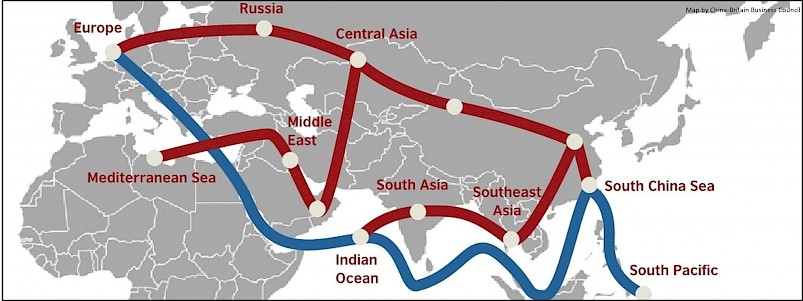Vitaliy Pakulin: Positions of the European Union Countries in relation to China’s “One Belt, One Road” Initiative

The “One Belt, One Road” Initiative (hereinafter – the OBOR, Road) put forward by the PRC President Xi Jinping in 2013 is a large-scale geo-economic project of the PRC which is an essential part of China’s modern foreign policy. Being a project of trade and transport communications over land and sea, this route geographically covers the countries of the Eurasian continent and Africa. A successful implementation of this project will allow China not only to accelerate the pace of economic growth, but also to fill the leadership vacuum on the world stage partly caused by the policy of US President Donald Trump and Europe’s focus on its own internal problems. Even presuming that during his four-year presidency (which could possibly extend to eight years) Trump succeeds in “making America great again” and the internal problems of Europe are solved (although at the moment it seems unlikely), China will not miss the opportunity to take advantage of this situation and strengthen its position on the world stage.
The European direction is a key element of this project: all the transit routes of the OBOR regardless of the length and type of traffic lead to the countries of Europe and the European Union.
Therefore, the fact that China is interested in strengthening and expanding its partnership with the EU is undeniable. The interaction with Europe on the OBOR project is carried out at three levels: in the format of EU-PRC summits, in the framework of bilateral cooperation with individual European countries that are of greatest interest to China, and through the mechanism of CEE "16+1" where both EU member states and non-member states take part ...
Read the paper




